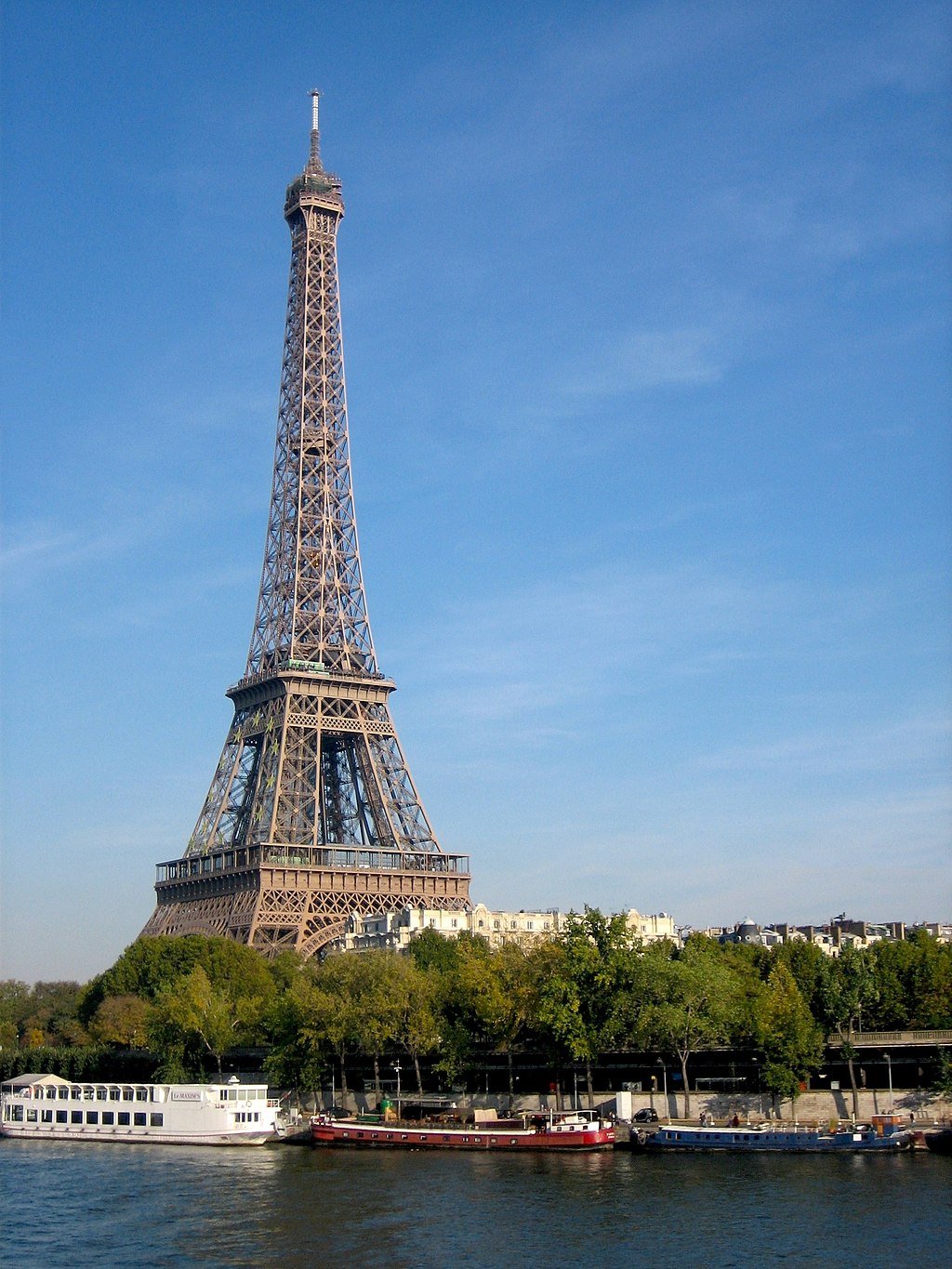Lights out Paris: how the Eiffel Tower’s is responding to the energy crisis.
By Julie Boury
The Eiffel Tower overlooking the Seine. (Photo: girolame - Flickr, CC BY 2.0, https://commons.wikimedia.org/w/index.php?curid=12783606 )
Dubbed la Ville-Lumière ('The City of Lights') since the 17th century, Paris is known for its scintillating skyline. However, with a recent proposal from the city hall, its iconic Eiffel Tower is now going to be shutting off its lights a little earlier. Since it began in the year 2000, Parisians and tourists alike have revelled in its 5-minute sparkle at the start of each hour after dark, but the new decisions will see the hourly event stop around 11 pm rather than the usual 1 am.
Announced mid-September by the Paris mayor Anne Hidalgo, this change reflects the growing energy crisis in Europe due to lack of Russian gas supplies over the war in Ukraine. However, making the Eiffel Tower's 20,000 light bulbs sparkle represents only 4% of the tower's annual energy consumption. Head of management Jean-François Martins highlighted that the gesture is "part of the growing awareness around energy saving measures". Indeed, the decision is a largely symbolic measure which aims to raise awareness and encourage French citizens to change their energy consumption practices. This a pressing issue which the French government has tackled just this week by unveiling its plan for energy saving measures this winter, including lowered temperatures inside public buildings and a delayed start to indoor heating. Meanwhile, similar policies have been enacted in other European countries with limitation of air-conditioning in Spain, less lighting for monuments in Germany, and even shortened shower times in the Netherlands.
It does not come as a surprise that France used the Eiffel Tower to set the example for its citizens. Since its construction for the International Exposition of 1889, the “iron lady” has often been used to send political or social messages because of its symbolic value. On some occasions, it has been lit or shut off to commemorate world events such as its temporary blackout on the evening of the passing of Queen Elizabeth II. It is also shone in pink every October 1st since 2014 to support Paris' breast cancer information and awareness campaign, and was used to celebrate the French presidency of the EU. The Eiffel Tower's emblematic status makes it an obvious choice to relay socio-political messages, galvanise support, or encourage new behaviours. In fact, its sparkling time had already been reduced down to 5 minutes from 10 minutes for similar purposes in 2008. However, I would argue that the effectiveness of the use of the monument relies on the particular status it holds in the minds of the French.
On a national scale, the tower represents the capital city of Paris and epicentre of the country. For Parisians, the tower distinguishes itself from other monuments in many subtle but important ways. Firstly, its architectural style, intended to be a testament to French industrial ingenuity, has an arguably less polished and more accessible style than other centuries-old buildings such as the Arc de Triomphe or the Palais du Louvre. The Eiffel Tower and Champ de Mars are also the main focus of the July 14th celebrations to commemorate the taking of the Bastille; the unison of the event stays with the tower all year, making it a memory-filled, comforting presence in the city.
In addition, the Champ de Mars (lawns sprawling out under and next to the tower) is filled every day with locals looking for a nap in the sun, and in the evening by the young Parisians relaxing with music and drinks. I believe most young Parisians feel that the tower and its space belong to them in a way, and, because of the many moments of their life it has witnessed, it carries both a feeling of community and intimacy that is reflected in the way people react to changes in the monument's habits, yet, At a time when President Macron and other cabinet members are walking around in turtlenecks, this seems like one of the most effective ways France has attempted to send a message about saving energy.
